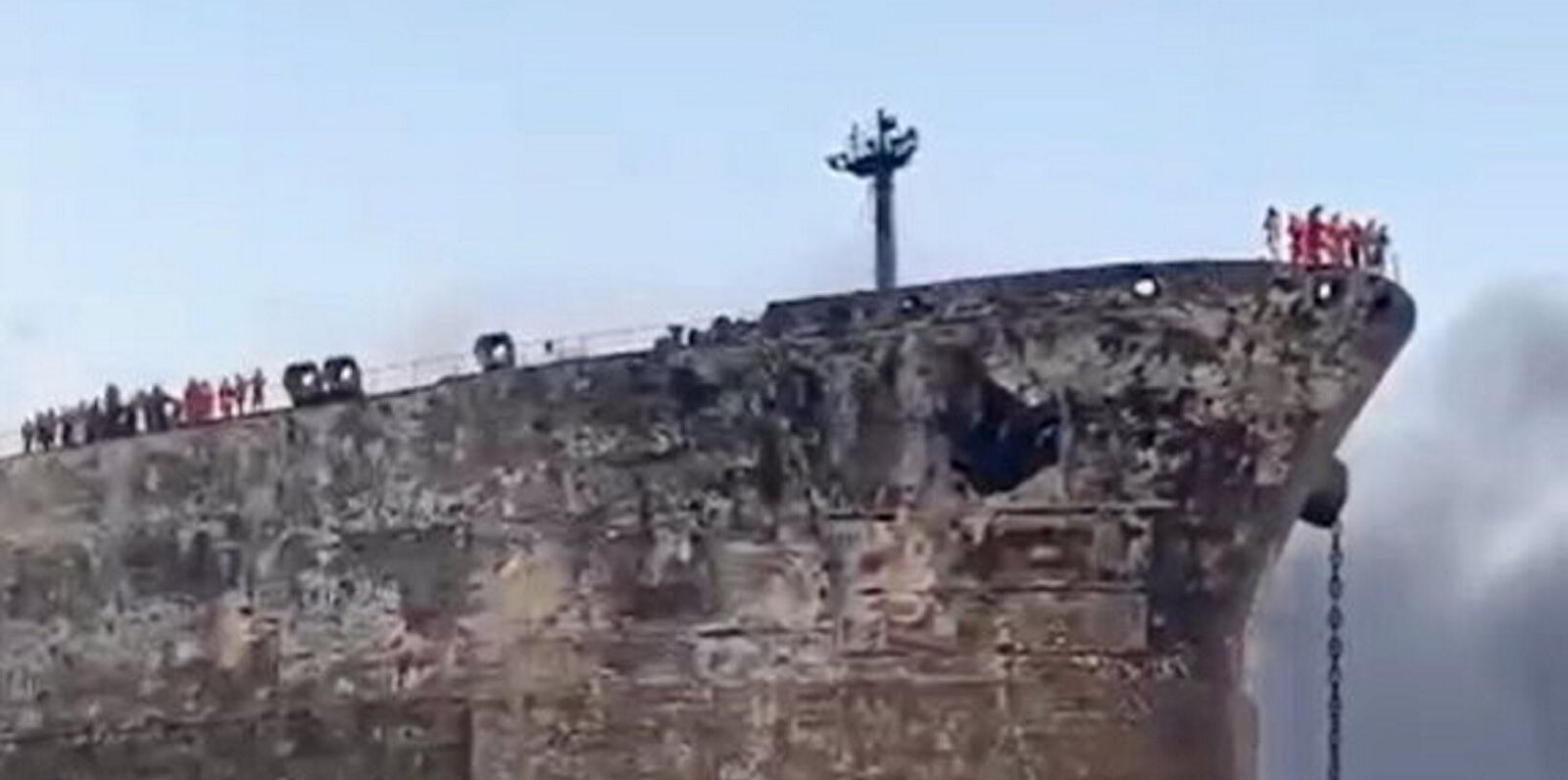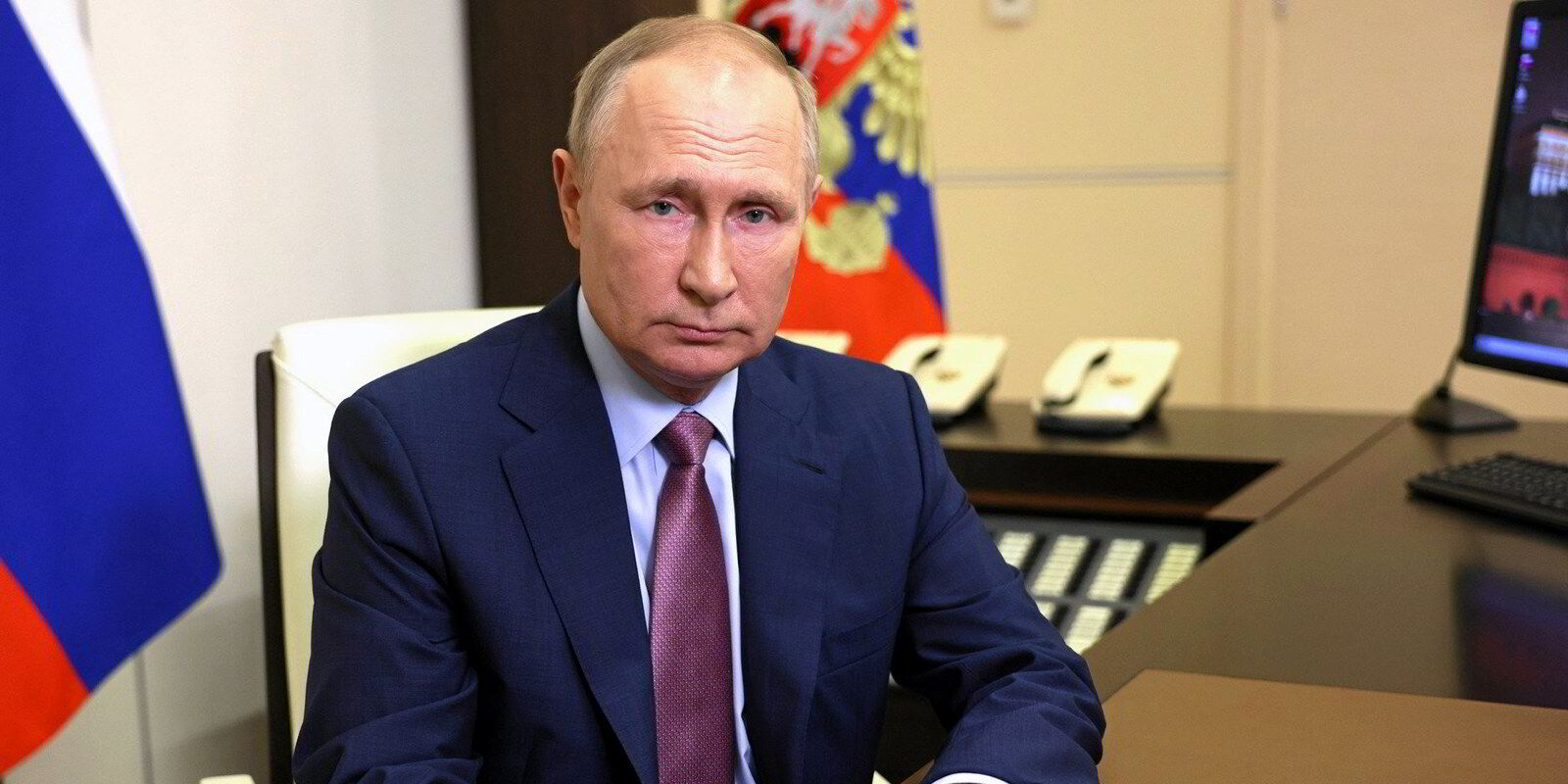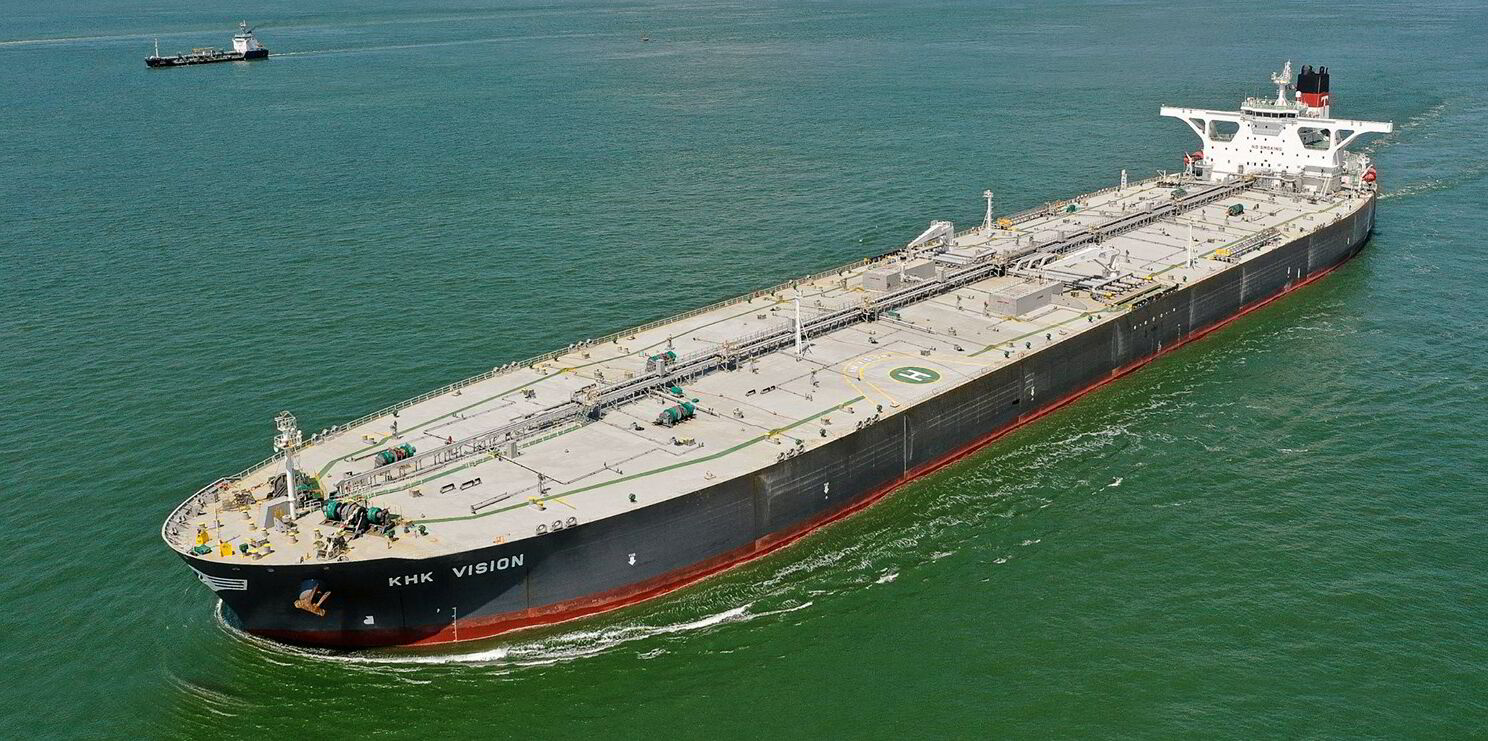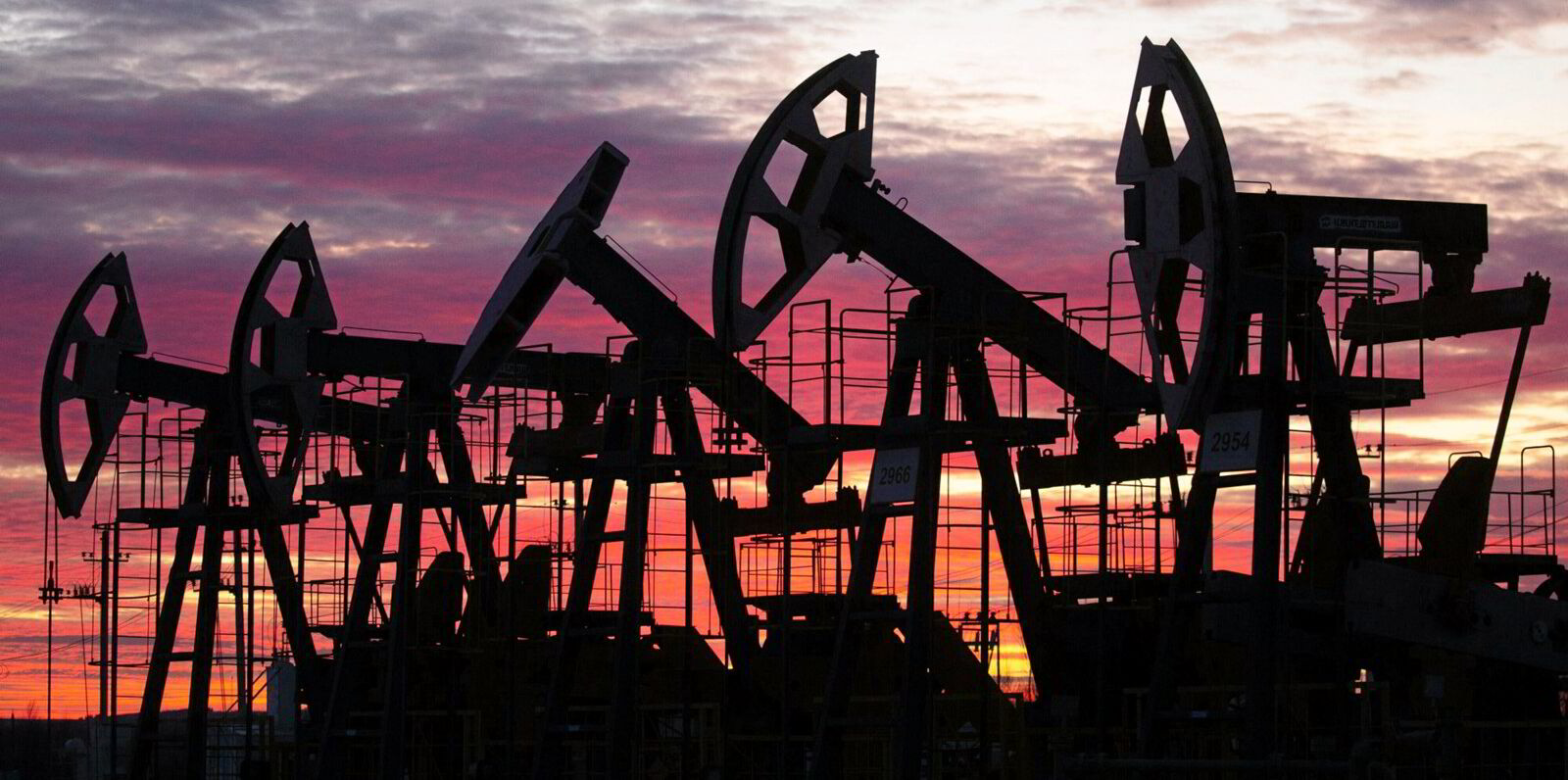A stark contrast between the potency of Russian shipping sanctions imposed by the US and its allies has been revealed, with most tankers targeted by European governments continuing to trade, according to data provider Vortexa.
Nearly 70% of Russia-linked vessels blacklisted by the European Union and UK governments in 2024 continued to make port calls and take part in ship-to-ship transfers.
This compares with fewer than 20% targeted by the US, according to the company’s data.
Western governments have ramped up their activity against individual vessels this year after US designations in 2023 had a greater impact on Russian shipping activity than by targeting operators who were then able to shuffle ships to new management and keep them trading.
More than 130 tankers have been sanctioned so far this year. But the main targets of the sanctions programmes — Russia and Iran — have developed workarounds to keep exports flowing.
Iranian exports have hit a six-year high at 1.6m barrels per day, while Russian exports are above the seasonal average, the data shows.
Russia appears more responsive to sanctions than Iran, largely because Tehran has had years to develop structures that operate independently of Western finance, insurance and shipping services, according to Vortexa.
The theory is supported by shipbroker BRS, who said that the latest flurry of US sanctions will have little impact on Iran’s ability to export oil in the short term.
The newly sanctioned tankers have “already flouted” US sanctions for a significant period. “Indeed, even without the latest sanctions they would likely not have been able to lift from other countries,” the brokerage said.
US relations
Patterns of shipping activity suggest the key reason for the comparatively significant impact of US sanctions is that Indian buyers are steering clear of blacklisted vessels, according to Vortexa.
Following the invasion of Ukraine in February 2022, India and China replaced the European Union as the main buyers of cut-price Russian crude.
“India has also been buying crude from Venezuela under [US] sanctions waivers,” said Armen Azizian, a senior oil risk analyst at Vortexa. “We believe they don’t want to damage that relationship.”
China has a long-standing policy of not recognising unilateral sanctions and frequently speaks out at the United Nations against their use.
It has meant the impact of Western sanctions has been more limited in oil shipped from Iran and Russia heading to China.
But STS transfers have still frequently been used for sanctioned tankers to avoid calling at Chinese ports.
Vortexa assesses that some 191 VLCCs are part of the shadow fleet — predominantly doing Venezuelan and Iranian business — but only 35% of them have been individually targeted.
That suggests significant capacity for non-designated “clean” tankers that can receive Iranian oil in a likely increasing trend of STS transfers in the South China Sea, according to Vortexa analysts Azizian and Mary Melton.
And it means that a surge in individual tanker designations this year is expected to continue.
Vortexa says it has identified some 478 shadow or dark fleet tankers that have hauled Iranian or Venezuelan crude or lifted Russian cargoes after shifting across from those trades. More than 50 of the ships are doing all three.
The fleet has increasingly become more entrenched and dedicated to hauling sanctioned cargoes. The share of Russian crude exports lifted by Greek operators is now less than 10% compared to a peak of 35% around May 2023.

The issue of shadow fleet tankers is a key industry issue because of fears that the costs of an oil spill involving a lightly regulated and insured vessel would not be covered.
Insurer Allianz has identified more than 50 incidents involving shadow fleet tankers, including spills and collisions. Some have resulted in governments and other vessels’ insurers shouldering the cost.
The company highlighted the use of unsafe practices, including STS transfers in the open ocean and turning off of AIS signals, which pose serious environmental and safety risks in key chokepoints where oil is shipped.
A major disaster has yet to happen, despite several near misses including a collision between the 300,000-dwt crude tanker Ceres I (built 2001) and the 74,200-dwt product tanker Hafnia Nile (built 2017) off Malaysia in July.
Last month, Hafnia CEO Mikael Skov said: “When you look at the area where the Hafnia Nile had the accident, it’s pretty clear that you’ve had 40 to 50 ships permanently at anchor in traffic routes and turning on and off the AIS.”
Read more
- Russia shadow tanker fleet spend tops $10bn as sanctions leverage wanes
- Sale of nomadic VLCC gives window into shadow fleet valuations
- UK oil price cap probes top 50 and still no fines for Russia-linked activity
- Shadow tanker catastrophe fears: Oil spill could cost Asian nations $1.6bn, new report warns
- Braemar shares slide after report shines spotlight on Russian shadow fleet deals







